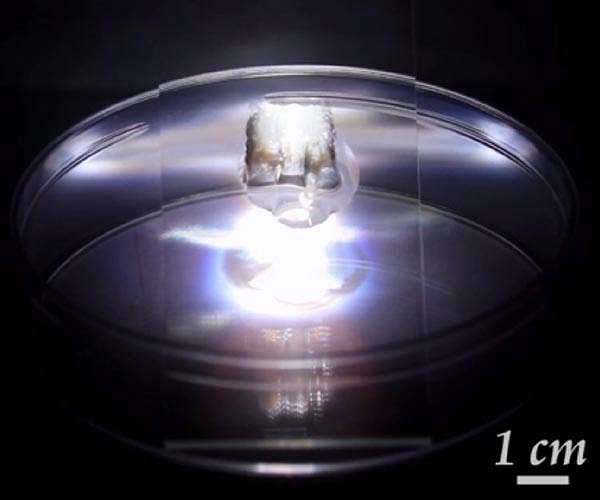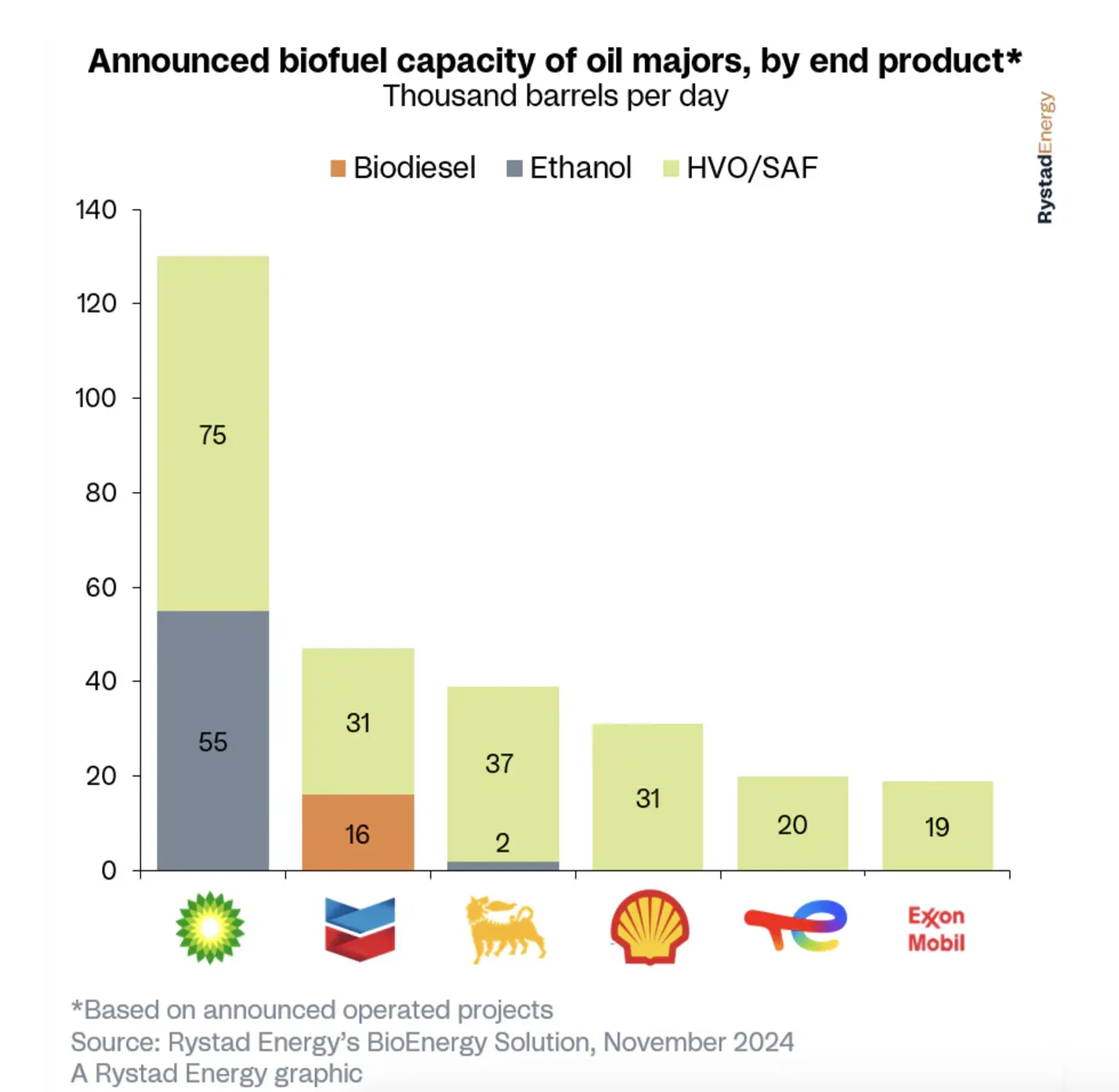
Harnessing solar power for atmospheric water harvesting
by Simon Mansfield
Sydney, Australia (SPX) Dec 07, 2023
In a significant advancement for regions grappling with water scarcity, researchers from Shanghai Jiao Tong University in China have unveiled a novel solar-powered atmospheric water harvesting technology. This development, detailed in their recent publication in Applied Physics Reviews, an AIP Publishing journal, promises to bolster drinking water availability in some of the world’s driest areas.
Over 2.2 billion people currently reside in water-stressed countries, a concern underscored by the United Nations’ estimates that 3.5 million lives are lost annually to water-related diseases. The most affected regions, often characterized by abundant sunlight, present a unique opportunity for leveraging solar energy in mitigating water crises.
The research team, led by Ruzhu Wang, has made significant strides in this direction. “This atmospheric water harvesting technology can be used to increase the daily water supply needs, such as household drinking water, industrial water, and water for personal hygiene,” Wang explained.
A key challenge in atmospheric water harvesting has been the salting-out effect, where high salt concentrations in hydrogels impede their water absorption capacity. Wang’s team successfully overcame this obstacle. “We were impressed that even when up to 5 grams of salt was injected into 1 gram of polymer, the resulting gel maintained good swelling and salt-trapping properties,” Wang stated.
The team’s innovation lies in the synthesis of a super hygroscopic gel using plant derivatives and hygroscopic salts. Remarkably, 1 kilogram of this dry gel can adsorb up to 1.18 kilograms of water in arid atmospheres and as much as 6.4 kilograms in humid conditions. Its simple and cost-effective preparation process makes it ideal for large-scale applications.
Further enhancing the system’s efficiency, the researchers employed a dual-chamber prototype, featuring desorption and condensation units operating in parallel, integrated with a turbofan in the condensation chamber to recover over 90% of desorbed water. The prototype demonstrated its ability to release adsorbed water even under weak sunlight, such as in the morning or afternoon, and achieved simultaneous adsorption and desorption during the day.
The Shanghai Jiao Tong University team is now focused on optimizing the system’s performance for practical applications. They aim to maximize daily water yield per unit mass of adsorbent using renewable energy, envisioning a broader impact. Beyond daily water production, these sorbent materials hold potential for diverse applications, including dehumidification, agriculture irrigation, and thermal management for electronic devices.
In the broader context, this breakthrough from Shanghai Jiao Tong University represents a significant step in harnessing solar power for sustainable water extraction, especially in arid regions. It aligns with global efforts to address water scarcity using renewable energy sources and could prove instrumental in transforming the lives of billions in water-stressed areas.
Research Report:Daytime air-water harvesting based on super hygroscopic porous gels with simultaneous adsorption-desorption
Related Links
Shanghai Jiao Tong University
All About Solar Energy at SolarDaily.com







